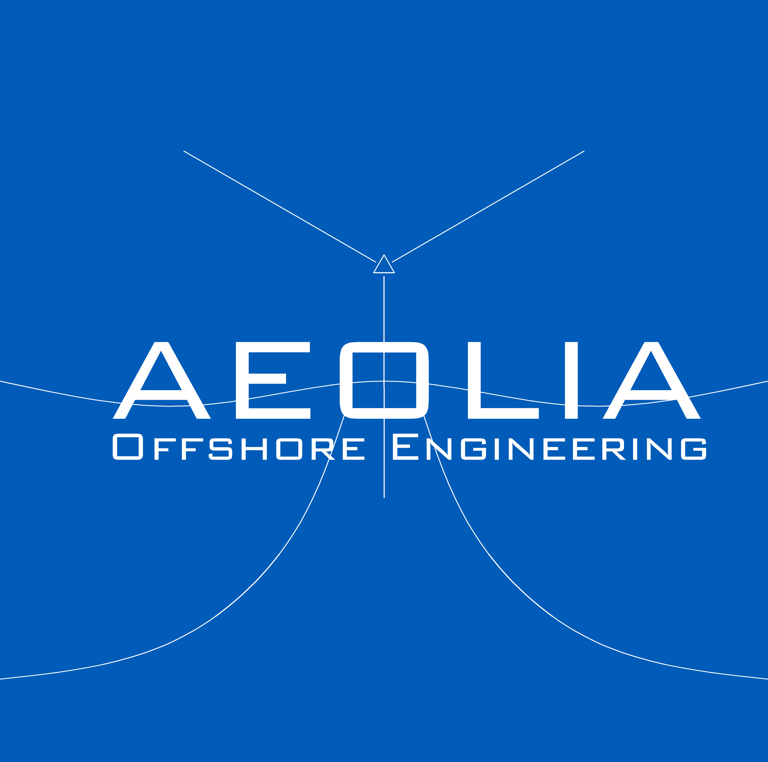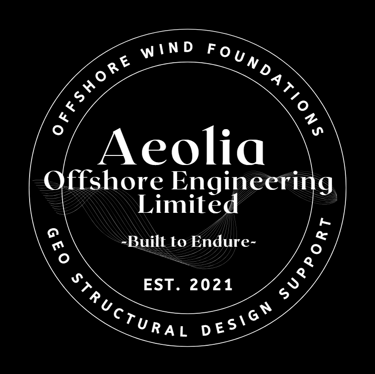Built to Endure
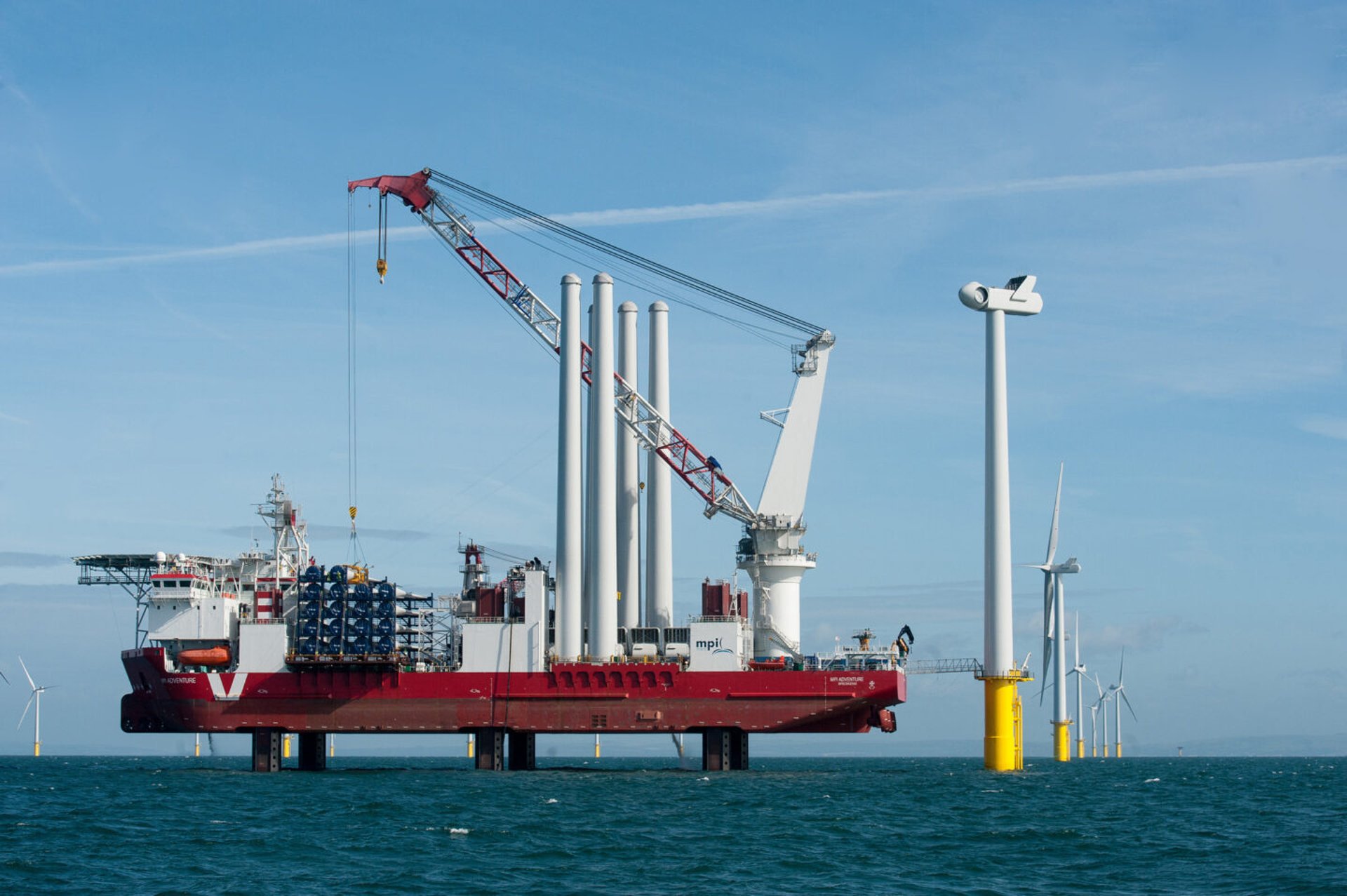
Services
ENGINEERING
Courtesy of Rampion Offshore Wind
At Aeolia Offshore Engineering, we provide Balance of Plant (BOP) engineering expertise across every stage of offshore wind development. From Concept and FEED to Installation and Commissioning, we deliver clear, reliable technical support that connects engineering with environmental, regulatory, and commercial needs.
We work alongside Developers and Project Partners to reduce risk, strengthen design quality, and ensure safe, efficient, and coordinated project delivery from seabed to grid.
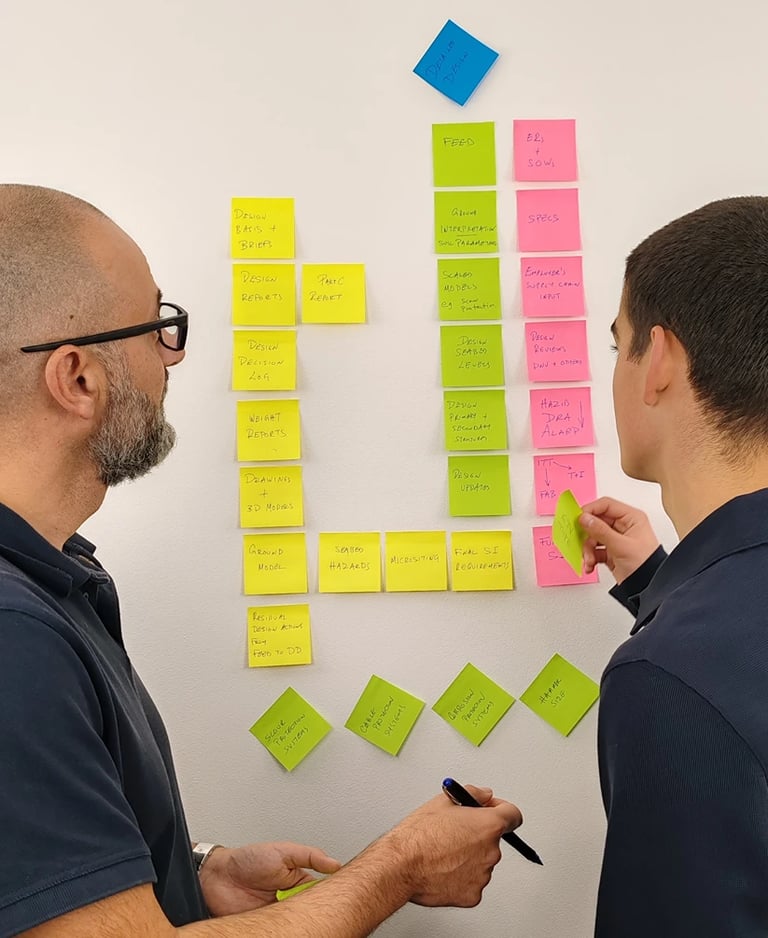

1. Project Definition & Consenting Support
We bridge the technical gap between project planning and regulatory approval, ensuring project scopes are robust and consent data is defensible.
Draft Employer’s Requirements (ERs) for multi-contract or EPCI projects.
Define comprehensive Scope of Work and project deliverables.
Prepare technical specifications and crucial decision notes.
Draft technical assumptions for Environmental Impact Assessment (EIA) submissions.
Support consent teams with critical technical data (e.g., hub height, tower configurations, foundation general arrangements).
Review WTG layouts and configurations across different turbine types.


We serve as the Client’s representative to manage technical assurance, defining and controlling complex supplier and contractor interfaces.
Align foundation design with Wind Turbine Generator (WTG) requirements and manage/interpret WTG data.
Define and review interfaces between suppliers, contractors, and client.
Review basis of design, design briefs, and design reports.
Produce or check engineering drawings and design outputs.
Review design seabed levels considering scour, metocean, and cable entry.
Evaluate cable protection systems and inter-array/export cable layouts.
Review seabed mobility, scour assessments, and protection concepts (rock bags, sandbags, subsea stabilisation, etc.)
Review flange connection designs, structural dynamics, and damping.
Advise on TP or TPless concepts, including switchgear location options
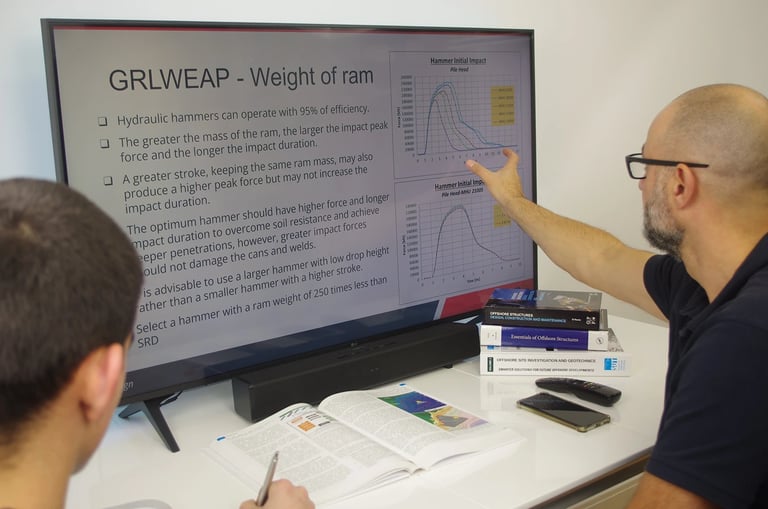

We de-risk the foundation design by thoroughly assessing complex site conditions and optimizing material use for longevity.
Assess site conditions, ground models, and geohazards.
Track ground model updates and assess design implications
Handle and review geophysical and geotechnical data, including lab testing.
Evaluate complex ground features (palaeochannels, sand waves, slopes, boulders, archaeology) for micrositing.
Review Soil Resistance to Driving (SRD) and pile drivability analyses, including pile damage checks.
Review Site-Specific Assessments (SSA), including jack-up vessel leg penetration.
Review fabrication drawings and design outputs for compliance and constructability.
Track foundation mass, steel tonnage, and T&I (Transport & Installation) implications.
Review primary, secondary, and tertiary structures
Review fabrication drawings and design outputs for compliance and constructability
We provide technical oversight during execution, ensuring construction tolerances, mitigating offshore risks, and controlling complex interfaces.
Assess installation misalignment risks and design life impact.
Review fabrication and construction tolerances in the client’s best interest.
Review corrosion protection systems (galvanic anodes, ICCP, coatings).
Handle pile driving data for underwater noise studies and assess noise abatement systems.
Support certification from early stages and respond to Technical Queries (TQs) from designers and contractors.
Provide technical support during tender preparation and bid evaluations.
We ensure project momentum and clarity by proactively identifying risks, managing technical discussions, and controlling critical interfaces throughout the project life cycle.
Identify project strengths, weaknesses, opportunities, and threats (SWOT).
Track technical innovation and design improvements.
Support certification from early stages.
Respond to Technical Queries (TQs) from designers and contractors.
Provide technical support during tender preparation and bid evaluations.
Participate in multi-level discussions and negotiations with the supply chain.
Prepare clear peer review documentation and technical summaries.
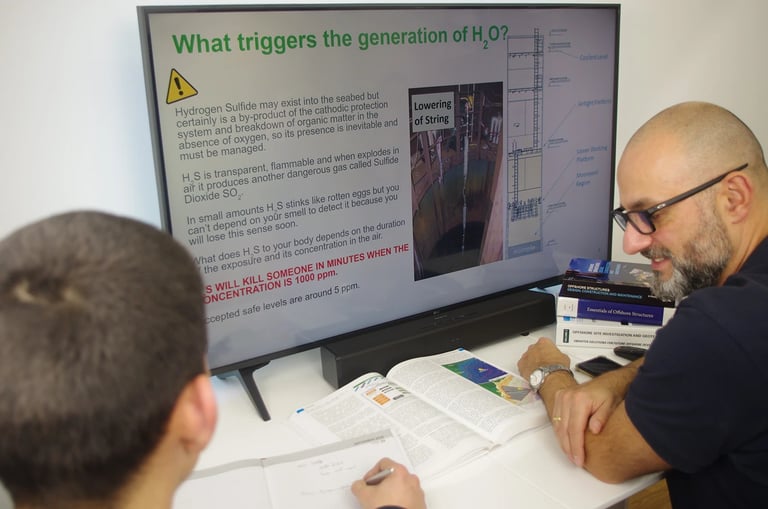

Our commitment to safety and compliance is embedded into every design and methodology, reducing risk throughout construction and operations.
Work with HSE teams to identify hazards and perform design risk
assessments up to As Low As Reasonably Practicable (ALARP).
Produce safety moments, lessons learned, and risk registers.
Ensure designs and methodologies align with environmental and regulatory requirements.
Balance of Plant (BOP) Expertise
We optimize the overall structural design by focusing on the essential interaction between the WTG and the foundation system.
Review structural dynamics and damping assumptions for the full assembly.
Optimise structural design by focusing on essential WTG systems to reduce steel use and extend fatigue life.
Evaluate foundation clustering and ILAs for cost efficiency
Early evaluation of key equipment (such as High Wind Ride Through (HWRT), Self-Sustained Backup Systems (SSBUS), and passive damping systems) is critical, as their selection directly influences the Design Load Cases (DLCs) considered in the Integrated Load Analysis (ILA).
2. Design Coordination and Technical Assurance
4. Integrated Load Analysis (ILA) & Dynamics
5. Installation and Construction Support
6. Project Management and Interface Control
7. Health, Safety, and Environmental (HSE) Integration
3. Geotechnical and Structural Assessment
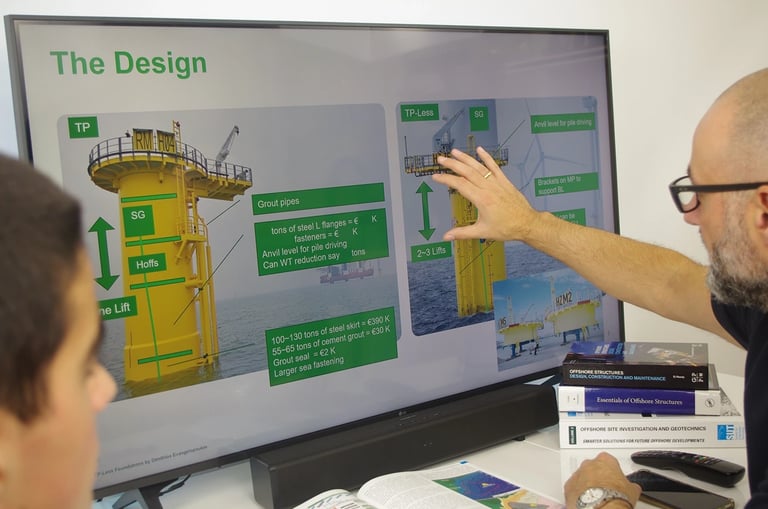

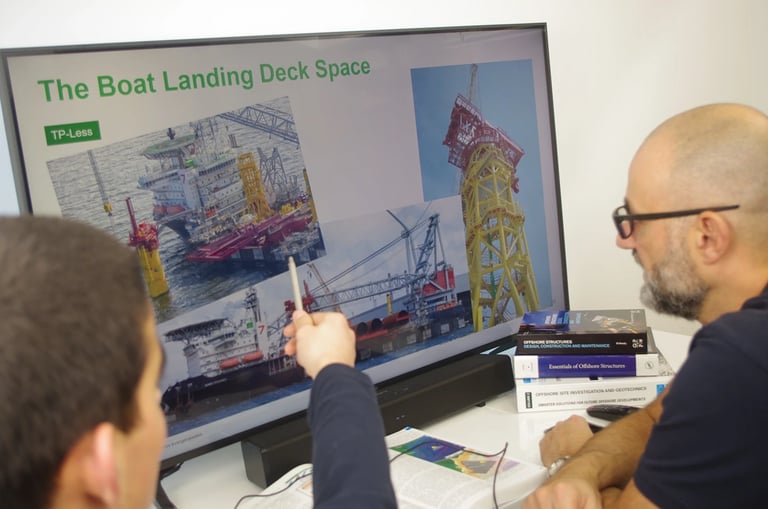

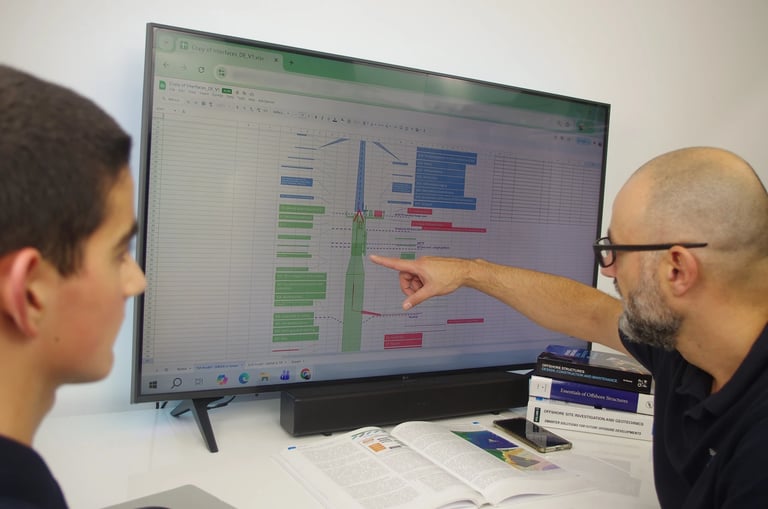

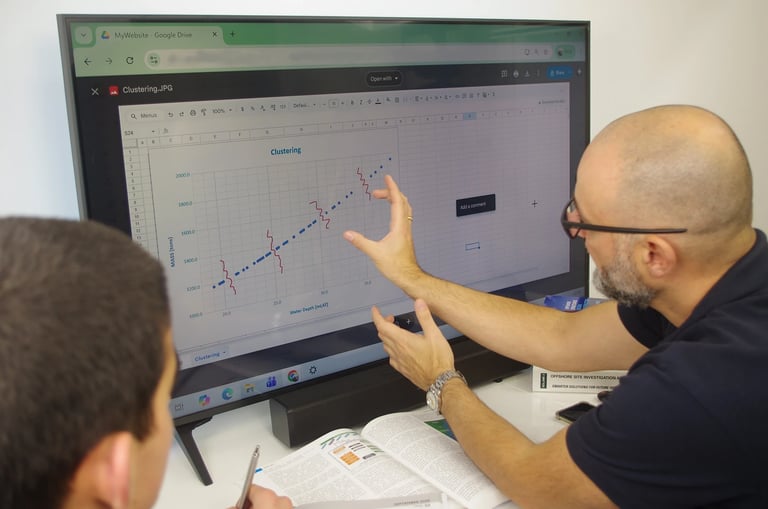


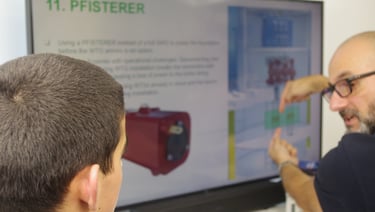
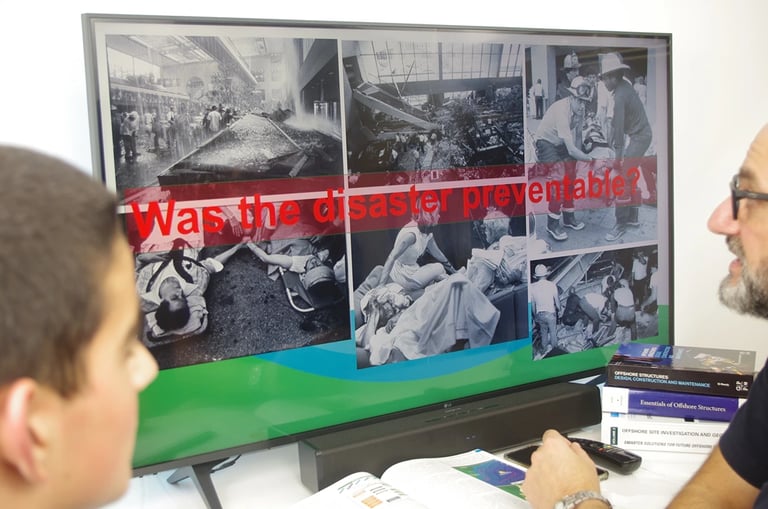

© 2025 Aeolia Offshore Engineering Limited. All rights reserved
Built by Aeolia Offhore Engineering
